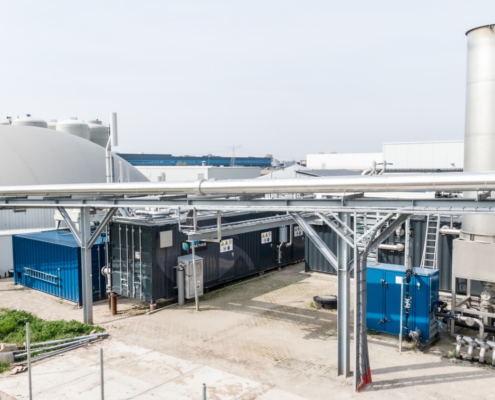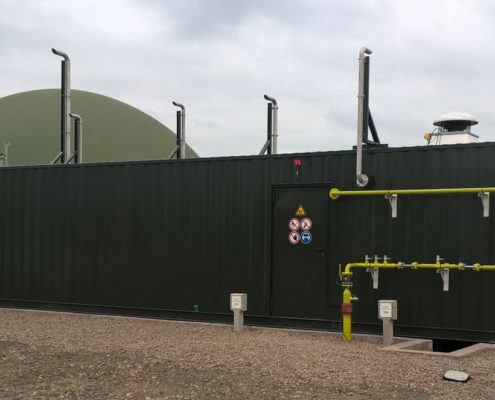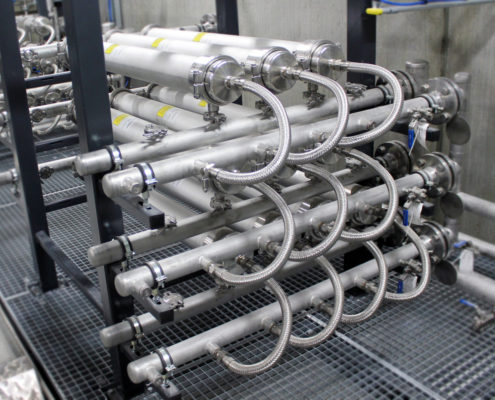Bright’s CO2 Liquefaction Systems
In addition to the production of biomethane, the Bright Renewables CO2 liquefaction systems may be used to recover and liquefy CO2 to create an extra source of revenue for the owner of the biogas plant with biogas upgrading system. Zero methane slip is achieved since the small amount of methane still present in the CO2 is recovered during the liquefaction process. When no liquid CO2 production is required, the recovery system can be put in a stand-by mode that requires no additional energy. The CO2 liquefaction technology of Bright is an in-house technology to convert biomass into liquid CO2 and tested in our own facility.












